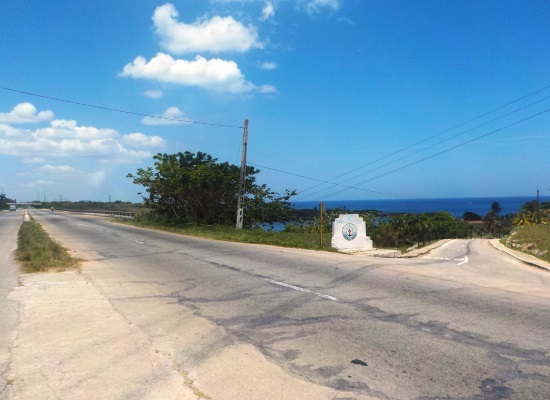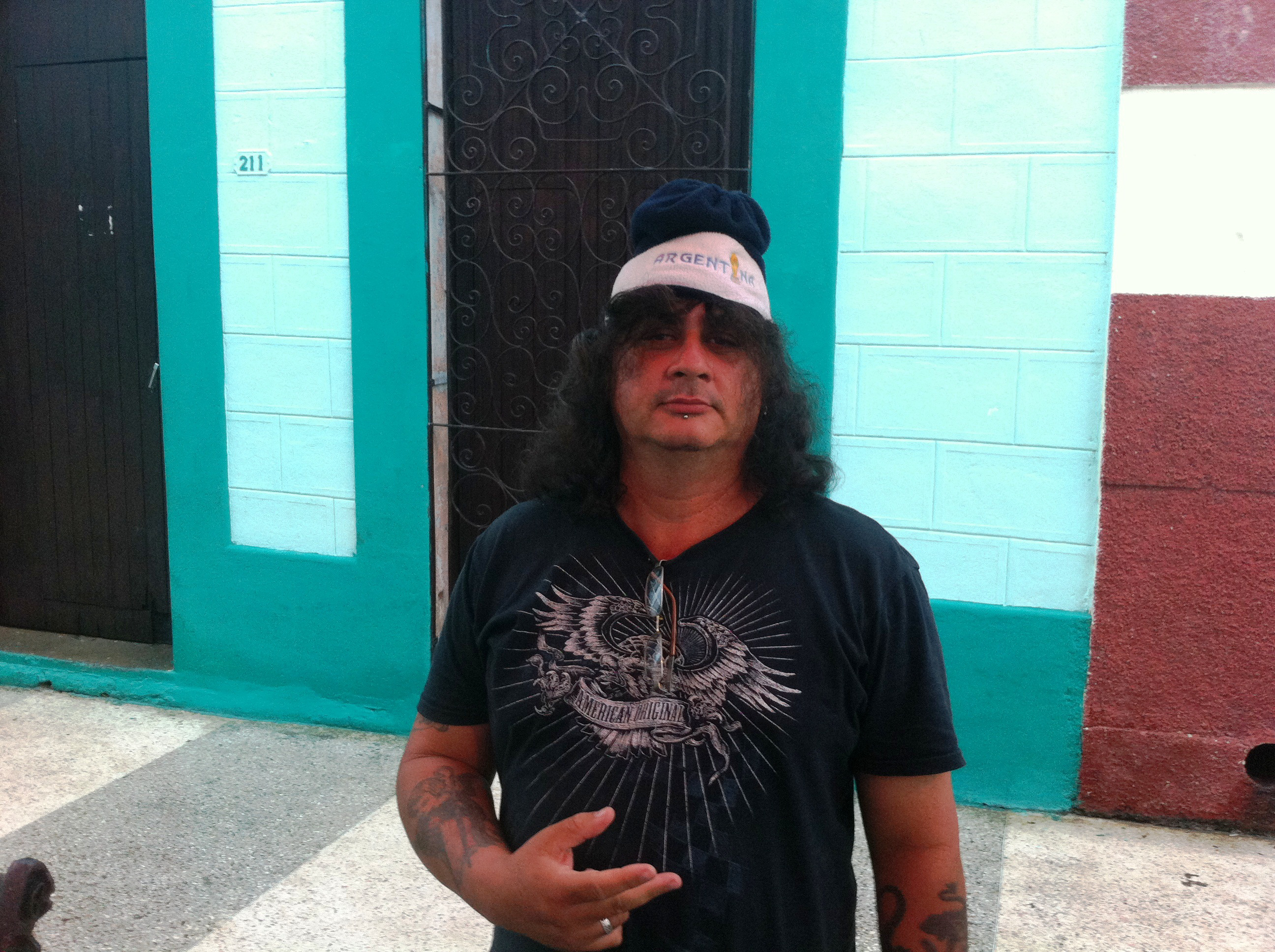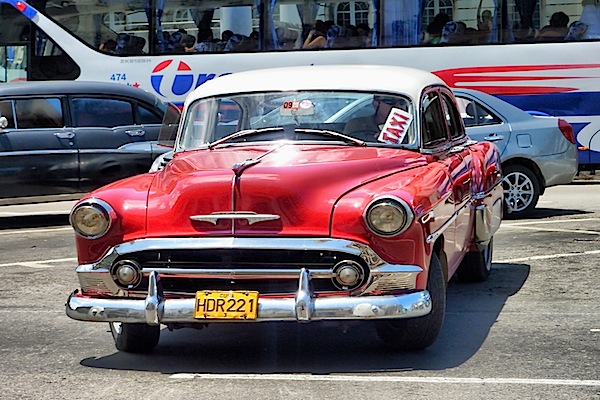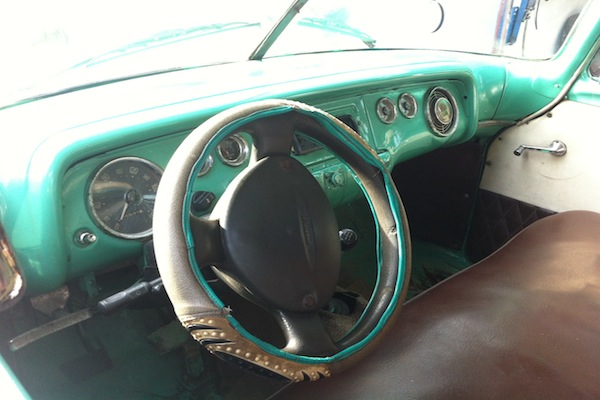
Decades of stigmatization of the English language weigh on Cubans’ collective unconscious
 Cubanet.org, Camilo Ernesto Olivera Peidro, Havana, 27 November 2015 – It was Saturday night at a restaurant located on the downtown corner of O Street and Avenue 23. The bathroom was closed but, at least not completely. A sign, placed on the door to one of the available toilets, announced that it was out of order. As the Hotel Saint John is very close by and the restaurant is in a tourist area, whoever placed the sign tried to write it in Spanish and English.
Cubanet.org, Camilo Ernesto Olivera Peidro, Havana, 27 November 2015 – It was Saturday night at a restaurant located on the downtown corner of O Street and Avenue 23. The bathroom was closed but, at least not completely. A sign, placed on the door to one of the available toilets, announced that it was out of order. As the Hotel Saint John is very close by and the restaurant is in a tourist area, whoever placed the sign tried to write it in Spanish and English.
But where it meant to announce closed was written “clouse.”
Imperialism talked and sang in English
After 1972, the Russian language requirement became widespread at various levels of education.
For years, repression of Anglo music, especially rock, marked more than a generation of Cubans. According to the regime, imperialism spoke and sang in English. As a result, classics of Anglo Saxon rock and pop from the sixties and seventies were known in Cuba through Spanish versions by groups from Madrid and Barcelona. Or there emerged on the island musical duos like Maggies Carles and Luis Nodal, “translating” into Spanish songs that were originally from Britain or the United States. continue reading
Ten years later, in some urban schools and high schools, English classes were offered using the Spectrum manual. This coincided with the period that followed the first Cuban law of foreign investment in 1982. The 1990’s marked a radical change after the end of the Soviet Union. In the midst of the crisis, language schools were filled with Anglo Saxon language learners.
The Americans come. The Cubans go.
This time the US invasion seems to be serious. They are not the “assassin marines” that, like the famous “Coco” of the horror stories for children, the regime showed in its political cadre training schools. The blondes do not disembark with M-16 rifles; they arrive with sunglasses, cameras, dollars and an almost insatiable curiosity.
In the capital’s private inns and restaurants knowledge of the language pays well in order to cater to those potential visitors. Few reckon that, when the current US president leaves the White House – Obama has been the main promoter of rapprochement between the two countries – things could take another turn between the two shores. A Republican leader, winner of the November 2016 elections in the US, would have the option of reversing the current process of detente.
Nevertheless, the perspective plans for “Yuma tourism” grow in the minds of the small business owners. The closest thing to the fable of the shepherdess and her jug of milk.
Meanwhile, other Cubans offer to sell their homes, cars, bodies, whatever will bring them money. The first step is to fly to Ecuador, then begin the odyssey en route to the United States which, recently, has taken on dramatic overtones on Costa Rica’s border with Nicaragua.
Talk to me in English
English language proficiency is essential for entering the US labor market on good footing. Weighing over thousands of potential Cuban emigrants from several generations is ignorance of that language that opens doors and opportunities. Others reject it being in Cuba.
Arriving in the north, they need to double their effort in order to adapt to another way of life which includes the need to communicate in the language of the host country.
Misnamed a thousand times in Cuba as “the language of the enemy,” it is the most important commercial language in the world. The greater part of music, movies and popular culture in general that is produced and consumed at a worldwide level is of Anglo Saxon origin. Cognizance and observance of federal laws of the United States and of each state also require knowledge of English.
The United States has not only been the refuge for those who flee the Cuban regime but also a challenge to creativity and self-improvement for those who arrive from the Island. And the English language forms a logical part of that necessary challenge.
 Click name for author bio: Camilo Ernesto Olivera Peidro
Click name for author bio: Camilo Ernesto Olivera Peidro
Translated by Mary Lou Keel








































